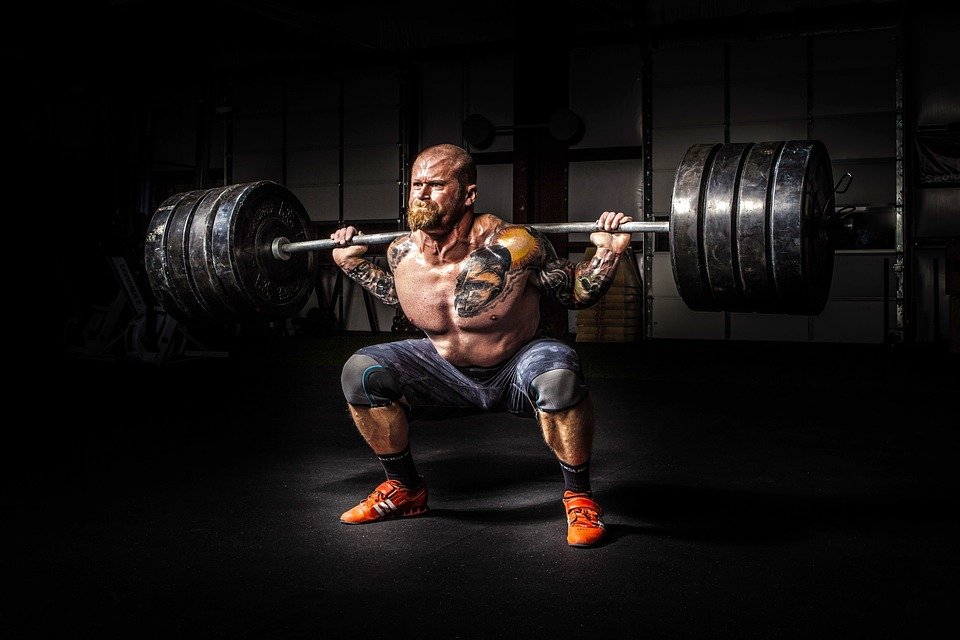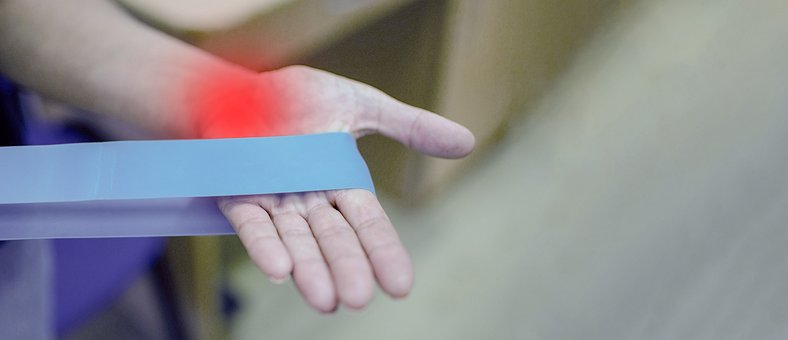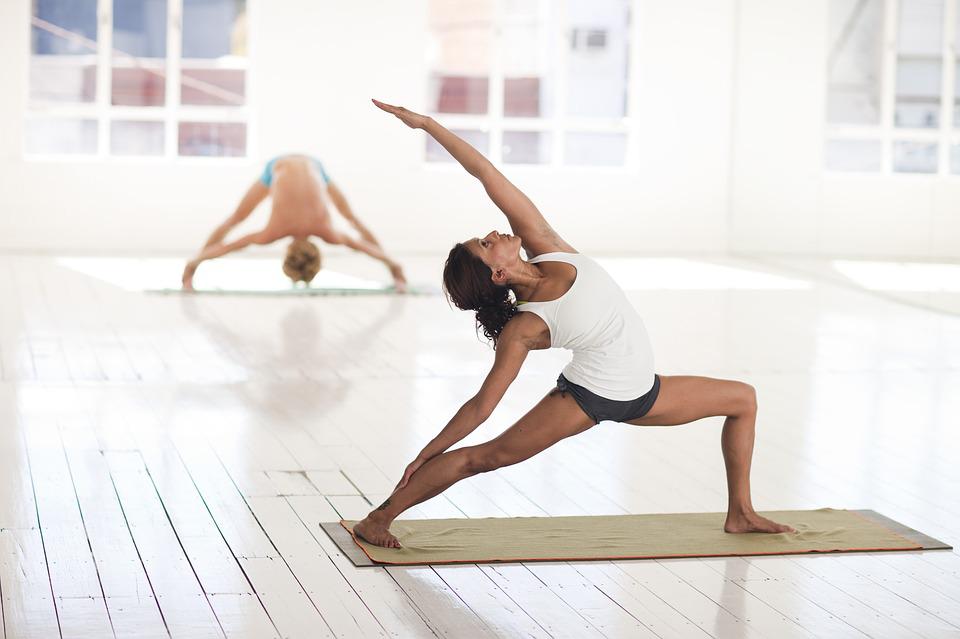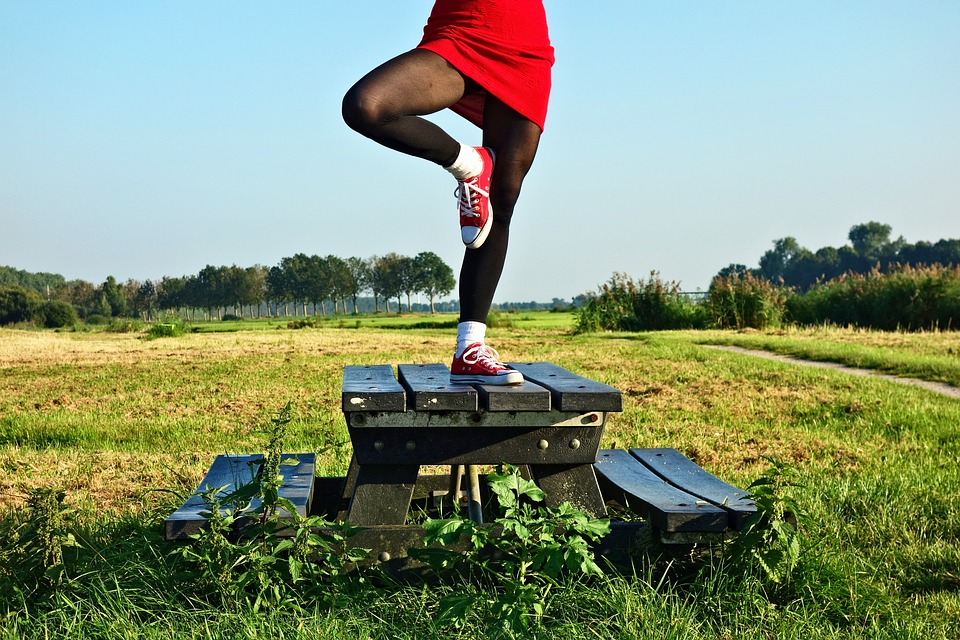
Although it may seem daunting, exercising when you have arthritis is crucial. It increases strength and flexibility, reduces joint pain, and helps combat fatigue.
You don’t need to be a professional athlete to help reduce arthritis symptoms. Even moderate exercise can ease your pain and help you maintain a healthy weight. When arthritis threatens to immobilize you, exercise keeps you moving.
Why exercise is vital
Exercise can help you improve your health and fitness without hurting your joints. With your current treatment program, exercise can:
- Strengthen the muscles around your joints
- Help you maintain bone strength
- Give you more energy to get through the day
- Make it easier to get a good night’s sleep
- Help you control your weight
- Enhance your quality of life
- Improve your balance
Even though you may think that exercising will make your joint pain and stiffness worse, that is not the case. In fact, not exercising can make your joints even more painful and stiff.
Exercising is important for maintaining strong muscles and surrounding tissue, which support your bones. Not exercising weakens these supporting muscles, which creates more stress on your joints.
Check with your doctor first
Your doctor can help you understand how exercise can help your arthritis and what kind of exercises would work best for you.
Exercises for arthritis
Your doctor or physical therapist can recommend specific exercises for you, depending on your needs. These might include range-of-motion exercises, strengthening exercises, aerobic exercises, and other activities.
Range-of-motion exercises
The following exercises relieve stiffness and increase your ability to move your joints through their full range of motion. Examples of such exercises are raising your arms over your head or rolling your shoulders forward and backward. In most cases, these exercises can be done daily.
Strengthening exercises
The following exercises help build strong muscles that support and protect joints: weight training, avoiding exercising the same muscle groups two days in a row, resting a day between workouts, and taking an extra day or two if joints are painful or swollen.
You only need to workout two days a week to maintain your gains, but a three-day-a-week program can help you jump-start your improvement.
Aerobic exercise
Endurance or aerobic exercises help improve your cardiovascular health, weight control and give you more energy and stamina.
Some examples of low-impact aerobic exercises that don’t put too much strain on your joints are things like walking, biking, swimming, and using an elliptical machine. Try to gradually work your way up to doing 150 minutes of moderate intensity aerobic exercise every week. If that feels like too much, you can always break it up into 10 minute increments.
You should exercise most days of the week for the safest and most effective results, though even a couple days a week is better than no exercise. To see if you are in the moderate-intensity exercise zone, you should be able to have a conversation while still exercising, even though your breathing will be heavier.
Other activities
Any physical movement, no matter how small, can help improve your health. Daily activities such as mowing the lawn, raking leaves, and walking the dog all contribute to your overall fitness.
Body awareness exercises, such as gentle forms of yoga or tai chi, can help improve balance, prevent falls, improve posture and coordination, and promote relaxation. Be sure to tell your instructor about any conditions that might cause pain during positions or movements.
Tips to protect your joints
You should start slowly if you haven’t been active for a while, in order to ease your joints into exercise. If you push yourself too hard, you can overwork your muscles and worsen your joint pain.
Consider these tips as you get started:
- Keep the impact low. Low impact exercises like stationary or recumbent bicycles, elliptical trainers, or exercise in the water help keep joint stress low while you move.
- Apply heat. Heat can relax your joints and muscles and relieve any pain you have before you begin. Heat treatments — warm towels, hot packs or a shower — should be warm, not painfully hot, and should be applied for about 20 minutes.
- Move gently. Move your joints gently at first to warm up. You might begin with range-of-motion exercises for five to 10 minutes before you move on to strengthening or aerobic exercises.
- Go slowly. Exercise with slow and easy movements. If you feel pain, take a break. Sharp pain and pain that is stronger than your usual joint pain might indicate something is wrong. Slow down if you notice swelling or redness in your joints.
- Ice afterward. Apply ice to your joints for up to 20 minutes as needed after activity, especially after activity that causes joint swelling.
Your intuition will guide you on how much physical activity your body can handle. Ease into things and gradually increase the duration and exertion of your exercise routine as you get stronger.
Don’t overdo
If you experience pain after exercising, it is likely due to muscle soreness from lack of activity. Generally, if the pain lasts for more than two hours, you may have exercised too hard. Check with your doctor to see what type of pain is normal and what type of pain may signify a more serious issue.
If you have rheumatoid arthritis, you should ask your doctor if they recommend you exercise during general or local flares. One option is to work through your joint flares by doing range-of-motion exercises, just to keep your body moving. You could also try exercising in water to cushion your joints.
10 Moves To Help Ease Joint Pain
You might not think that exercising would help joint pain, but it can actually be very beneficial. Exercise can help to increase flexibility and range of motion, which can in turn help to reduce pain.
The best way to manage and prevent joint and muscle pain is through exercise. If you already have pain or joint discomfort, you should keep your workouts low-impact. This doesn’t mean they have to be easy or ineffective.
There are exercises you can do that will put less stress on your joints, reducing your risk of injury.
Some of the most popular low-impact workout options include:
- Cycling
- Swimming
- Elliptical cardio
- Incline walking
- Controlled light-resistance weight training
- Stretching and yoga
The following are 10 exercises that can help relieve different forms of joint pain. Some of the exercises will require a chair, a small hand towel, a light dumbbell, and a resistance band. Be sure to remember your favorites and include them in your workouts anytime you feel discomfort in your joints.
1) “Wring the Towel” Wrist Stretch | 10 reps
- Roll up a small towel and grab the ends with both hands.
- Hold your arms out in front of you with palms facing down.
- Slowly and with control, pretend you are wringing water out of the towel. Tilt one wrist up and the other wrist down at the same time, then alternate sides.
- Continue wringing the towel in both directions for 10 full reps.
2) Dumbbell Wrist Curl | 10 reps per side
- Sit on a chair or bench. Hold a light dumbbell in one hand and rest your elbow on your knee.
- Keeping your arm still, exhale to flex your forearm and bend your wrist towards you to curl the dumbbell up.
- Inhale to relax your wrist back to the starting position.
- Repeat for 10 slow and controlled reps, focusing on the full range of motion with your wrist. Then switch sides.
3) Elbow Compression with Small Towel | 3 reps per side
- Hold your arm out long. Roll up a small towel and place it right over your elbow.
- Make a fist and curl your arm towards you, bending your elbow all the way closed on the towel. Aim to reach your knuckles to your shoulder.
- Use your other hand to gently press inward on the back of your wrist to increase the compression. Breathe deeply as you hold for five seconds, then switch sides.
- Complete three reps per side.
4) Narrow Grip Wall Press Tricep Extension | 10 reps
- Place your palms flat on the wall at your chest height.
- Step back a few feet so your body is at a slight angle. Ensure that your palms are flush against the wall.
- Bend your elbows to lower your body towards the wall, keeping your elbows pointing straight down.
- Stop when your elbows are about 3 inches from the wall and press back to straighten your arms, flexing your elbows all the way.
- Continue for 10 reps.
Try this exercise with your palms on a bench for a greater challenge.
5) Hip and Low Back Compression Stretch | 3 reps per side
- Lay flat on your back with your knees bent, feet flat on the ground.
- Lift one knee towards your chest, using your hands to pull it in towards you. Actively work to ground your hips.
- Take five deep breaths, then switch and do the same on the other side.
- Continue alternating sides to complete three reps per side.
6) Pelvic Tilt | 10 reps
- Stand with your feet shoulder-width apart.
- Hinge at the hips and place your palms on your knees.
- Lift your sitting bones and tilt your pelvis forward to create an arch in your lower back and stretch your hamstrings. Keep your neck neutral and shoulders relaxed. Hold for a few breaths.
- Next, round your lower spine and tuck your pelvis under to form a round shape. Hold for a few breaths.
- Alternate between tilting forward and back for 10 reps, holding each pose as long as you like to relieve the pain and pressure in your low back and hips.
7) Single Leg Toe Touch | 10 reps per side
- Stand on one foot and look down towards the ground to get balanced.
- Hinge at the hips as you raise your back leg behind you, reaching your fingers toward the toes of the standing leg. Get as parallel to the ground as you can.
- Slowly rise back up with control.
- Repeat 10 reps on one side, then switch to the other side.
8) Glute Kicks | 10 reps
- Kneel down on all fours and flex your right foot. Keep your left foot relaxed.
- Lift your right leg up to form a straight line from your right knee to shoulders, with your right foot facing the ceiling.
- Hold at the top for three seconds while engaging your glutes, then relax your knee back to the ground.
- Repeat on the same side for 10 reps, then switch to the other side.
9) Resistance Band Knee Extension with a Chair | 10 reps per side
- Loop a resistance band around one leg of a chair, and place the other end of the band behind one of your knees.
- Grab the seat of the chair with your hands. Then step back until you feel a good amount of tension on the band.
- Your banded leg should be directly below your hips.
- Straighten your leg fully, resisting the tension on the band.
- Then relax the knee. Keep your foot flat on the ground the entire time.
- Repeat for 10 reps, then switch legs.
10) Isometric Quad-Flex | 6 reps per side
- Sit on the ground and place a rolled-up bath towel under your right knee.
- Place your hands on the ground behind you for support and sit up tall.
- Flex your right leg to lift your heel off the ground. You should feel all the muscles surrounding your knee fire up.
- Hold this flex for five full seconds, then relax.
- Repeat six times on this side, then switch to the left leg.
You can make this exercise more challenging by increasing the number of repetitions or holding each position for a longer time.














